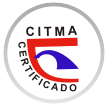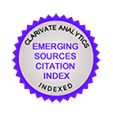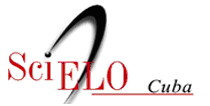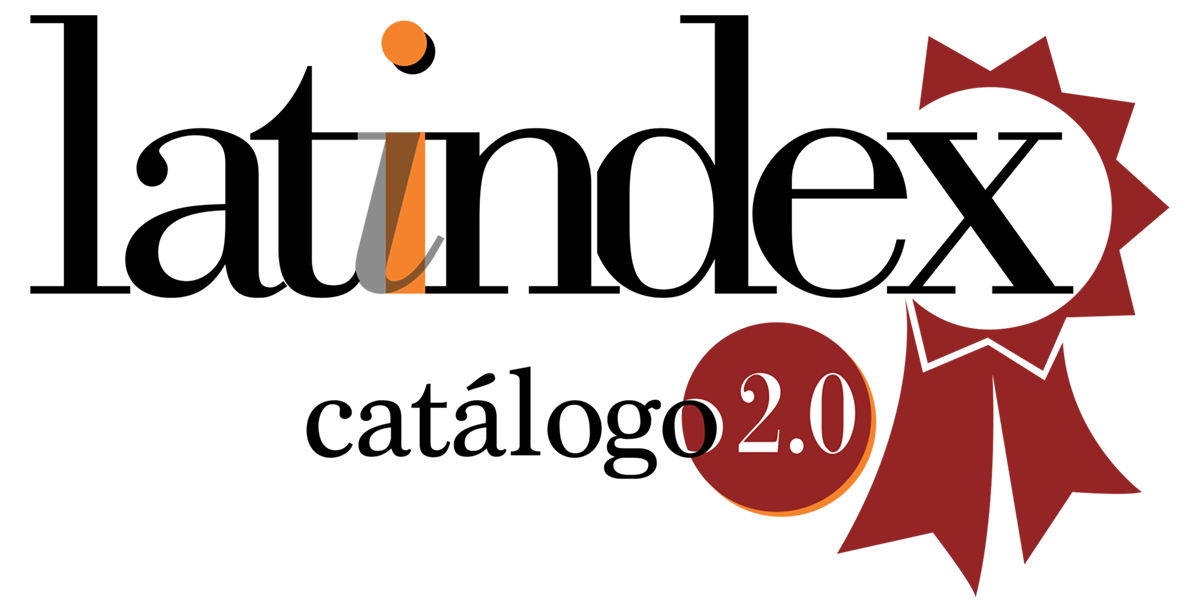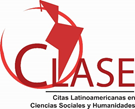Submissions
Submission Preparation Checklist
As part of the submission process, authors are required to check off their submission's compliance with all of the following items, and submissions may be returned to authors that do not adhere to these guidelines.- The text is 1.5 spaced; 12 point font size; calibri font; italics are used instead of underlining (except in URLs); and all illustrations, figures and tables are placed in the appropriate places in the text, rather than at the end.
- The submission has not been previously published or submitted for consideration by any other journal (or an explanation has been provided in the Comments to the Editor).
- The submission file is in OpenOffice, Microsoft Word, RTF or WordPerfect format.
- Whenever possible, URLs are provided for references.
- The text adheres to the stylistic and biliographic requirements outlined in the Author Guidelines, which appear in About the Journal.
- If submitted to a peer-reviewed section of the journal, the instructions in Secure anonymous review should be followed.
Copyright Notice
Authors who publish in the Conrado Journal agree to the following terms:
- Authors retain copyright, guaranteeing Conrado Journal the right to first publication of the work they submit to the journal for submission to the editorial process.
- The authors are aware that their work is published under Creative Commons Attribution-NonCommercial-NoDerivatives 4.0 International License that allows others to share it with an acknowledgement of the authorship of the work and its initial publication in the Conrado Journal.
- The authors cede to Conrado Journal the exploitation rights of the published work, authorizing the Publisher to exercise free reproduction, distribution and public communication for non-commercial purposes without derivative works.
- The authors know that their work will be stored in servers and reproduced in digital support for its incorporation to institutional repositories and databases that will facilitate free and free access to the complete text of the work.
- Authors may distribute the version of the work published in the Conrado Journal immediately after the publication of each issue (for example, placing it in an institutional repository or publishing it in a book), with an express acknowledgement of its initial publication in the Conrado Journal.
The author(s) retain(s) the moral rights to the published work. The patrimonial rights belong to the University of Cienfuegos “Carlos Rafael Rodríguez”.
Privacy Statement
The entire content of the Conrado Journal is copyrighted and protected by intellectual property protection laws. The intellectual property rights of each article are assigned by the authors to the journal. By submitting the manuscript, and only if it is accepted for publication, the authors accept that the copyright of their article is transferred to the journal. However, all requests for permission from authors to reproduce their articles will be considered.
Names and e-mail addresses entered in this journal will be used exclusively for the purposes stated in this journal and will not be provided to third parties or used for other purposes.
